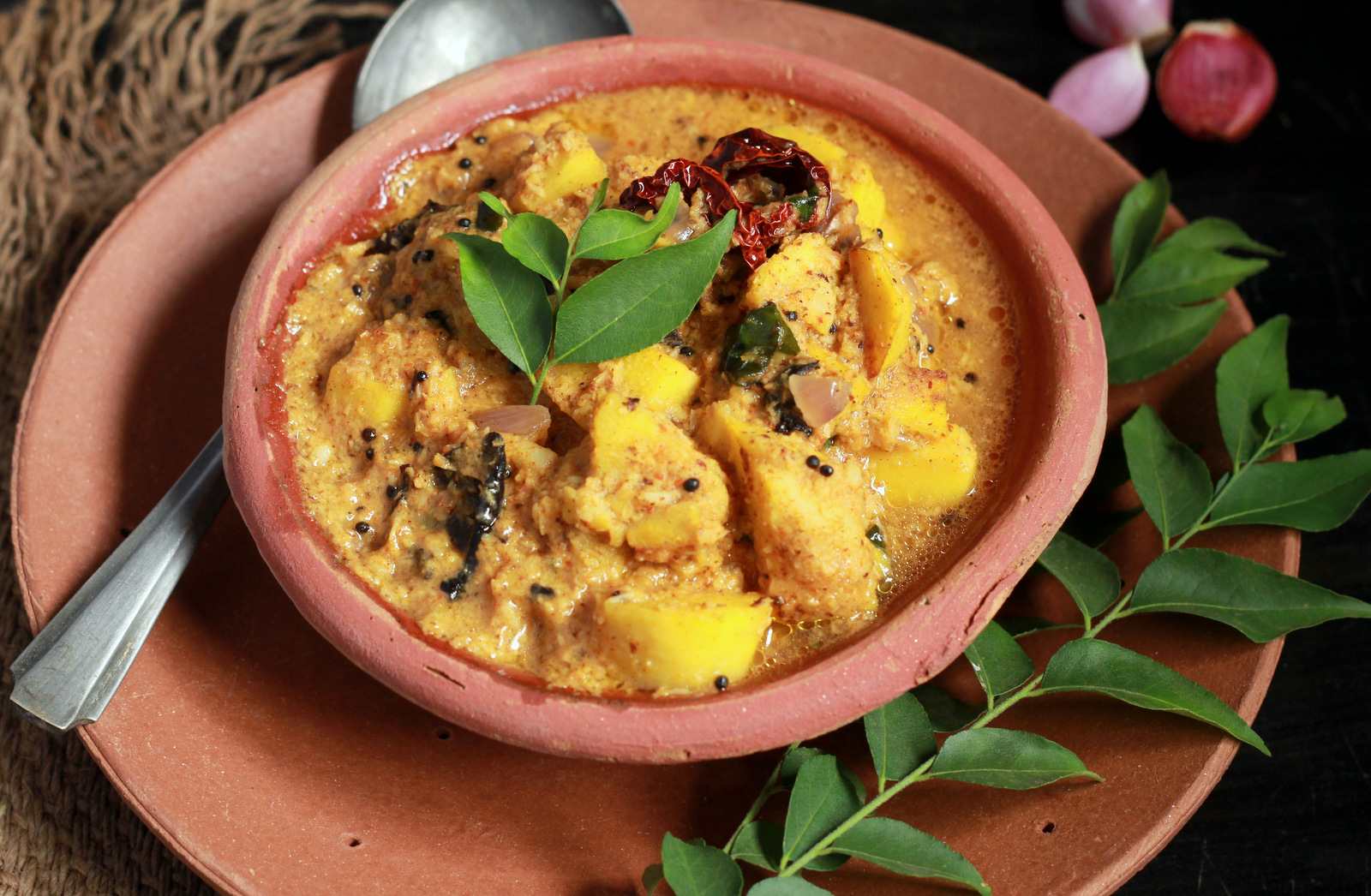THURSDAY, MARCH 17 and FRIDAY, MARCH 18: Colored powders cloud the air, and frivolous shouts ring through the streets: It must be springtime—it must be Holi!
In India today and in Indian nations around the globe, the exhilarating Hindu festival of Holi is in full swing. Rightly called the “Festival of Colours,” Holi calls all participants to forget about castes and manners for the day so that young and old, rich and poor, men and women can all gather to welcome the joy of spring. Today, Holi is celebrated across the globe.
HOLIKA DAHAN (AND BONFIRES)
Holi unofficially begins on Holi eve, in a ritual of burning bonfires to commemorate the legend of Prahlad. According to legend, Prahad miraculously escaped a fire when the Demoness Holika carried him in; Hindus believe Prahlad emerged with not even a scratch, due to his devotion to the deity Vishnu. The scores of Holika bonfires serve as reminder of the victory of good over evil and, in some regions, effigies of the demoness are burnt in the fires.
Songs are sung in high pitch around the bonfire, accompanied by traditional dances. After a frivolous night, celebrants wake early the next morning for a day of carefree fun.
HOLI: A COLORFUL CELEBRATION
While Holika is brought to mind on the eve of Holi, Krishna is worshipped during the festival of Holi: The divine love of Radha for Krishna makes Holi a festival of love. Various legends explain the link between the child Krishna and Holi’s many colors, and winter’s neutrality makes way for the colorful essence of spring during this beloved holiday.
KING OF HOLI: In Barsana, in India, courting takes on a new twist as men sing provocative songs to women and the women literally beat the men away with sticks (don’t worry—the men carry shields to protect themselves). In Western India, pots of buttermilk are hung high above the streets in symbolism of the pranks of Lord Krishna, and crowds of boys compete to build human pyramids and reach the top pot. The boy who reaches the pot is crowned King of Holi.
FOR SIKHS: HOLA MOHALLA
While Hindus are throwing colored powders and rejoicing in spring, Sikhs turn to a different festival: Hola Mohalla, literally translated into “mock fight.” In 1699 CE, the 10th Sikh guru Gobind Singh inaugurated the Khalsa, a group of men who had shown immense bravery and selflessness. These saint-soldiers pledged loyalty to the poor and oppressed, vowing to defend wherever injustice was present. Two years later, Guru Gobind Singh instituted a day of mock battles and poetry contests, to demonstrate the skills and values of the Khalsa and to inspire other Sikhs. Today, these events have evolved into Hola Mohalla, a week-long festival replete with music, military processions and kirtans. Food is voluntarily prepared and large groups of Sikhs eat in communion. The largest annual Hola Mohalla festival is held at Anandpur Sahib in Punjab, although many gurdwaras worldwide hold their own versions of the events at Anandpur.
The Nihangs, bearing the symbol of the Khalsa, often display their skills at Hola Mohalla and are distinct for their blue robes, large turbans, swords, all-steel bracelets and uncut hair. During Hola Mohalla, Nihangs display a mastery of horsemanship, war-like sports and use of arms. Guru Gobind Singh instructed Sikhs to obey the highest ethical standards and to always be prepared to fight tyranny.
from Religious Holidays https://ift.tt/ArmgWEw

 :: Unlock Your Success with Our Digital Course →
:: Unlock Your Success with Our Digital Course →














No comments:
Post a Comment